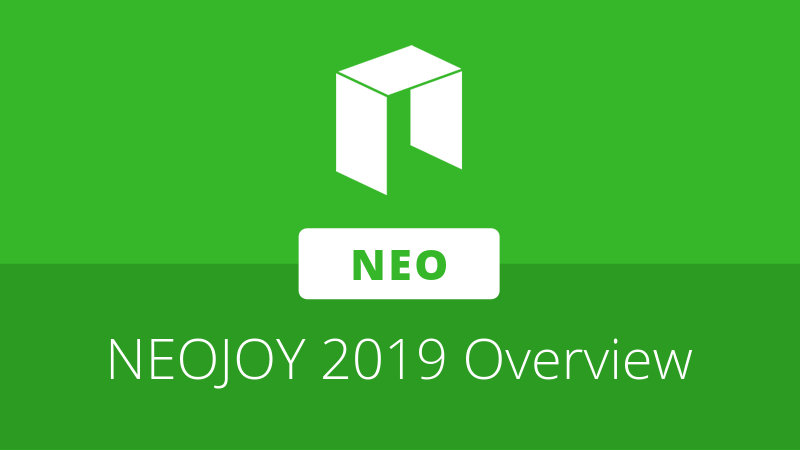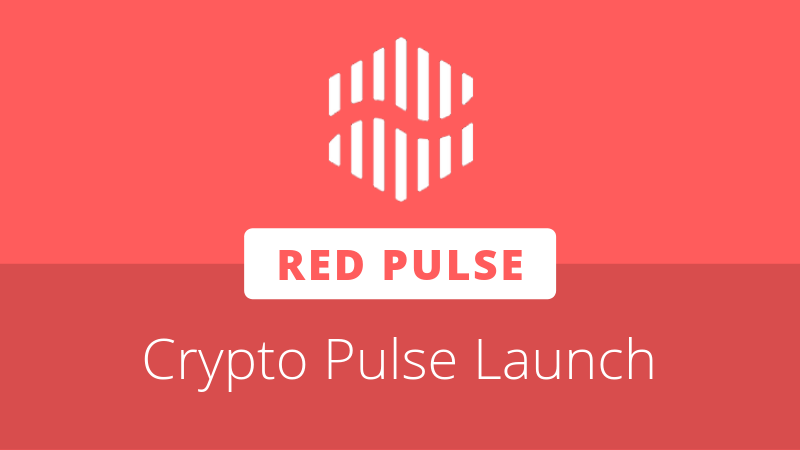
On April 20th, NEO hosted the NEO JOY 2019: Blockchain Disrupts The Gaming Industry conference at the Microsoft Building in Beijing, China. The half-day event offered discussion on the value of the blockchain gaming industry and aimed to convey deeper understanding of the NEO ecosystem to its attendees.
The event drew a crowd of community developers, game developers, and gaming platforms who gathered to hear about NEO Global Development’s (NGD) business and technological goals moving forward.
Speakers from within the NEO ecosystem
Several speakers delivered presentations on gaming in the NEO ecosystem, including representatives from NGD, NEO-NEXT, and Blacat.
Director of NGD Eco-Growth Jiachao (John) Wang introduced NEO as a “one stop solution” for blockchain games. He illustrated NEO’s global reach by outlining communities in Russia, China, Japan, South America, the US, Australia, South East Asia, and Western Europe.
Wang went on to note that the NEO platform supports mainstream gaming engines such as Cocos, LayaBox, and Unity, and pointed to the recently released NEO.Game Developer Guide for information on how to get started on development. Further, Wang said that NGD could also offer various forms of support for game projects such as “marketing publicity, technological collaboration, and financial investment/loans.”
NGD development engineer Longfei Wang discussed the development of games using the NEO blockchain from a technical perspective. Longfei outlined how to deploy a NEO private chain, use NEO nodes and wallets, integrate the NEO SKD with Unity, plus more. To conclude his presentation, Longfei offered a demo of the NEP-5 token smart contract development process.
NEO-NEXT founder Yuefang Wang discussed his community’s approach to developing dApps for real-world needs. He highlighted a recent campaign, in which an entrant would have won a Maserati, that failed because participants did not trust the validity of the lottery selection system. Developing smart contracts and increasing transparency for situations such as these is NEO-NEXT’s current mission.
Blacat founder Xi Chen outlined the three aspects he believes make an ideal blockchain game: 1) that it has complete game logic and clear goals, 2) it has on-chain logic (i.e., issuing on-chain assets, allocation rules), and 3) it has clear community rules and governance methods. Xi believes blockchain can bring “value preservation and appreciation” to in-game assets, as well as enhancing the ability to trade them.
Input from an outside industry expert
Ding Wang, founder of HiggsNetwork and CEO of GAEX, spoke about the potential value of blockchain-based games, as well as the appreciation of gaming-based digital assets.
Ding believes the cost of promoting blockchain-based games will be less expensive compared to the marketing costs of the traditional gaming industry. He iterates that customer acquisition costs are lower because “the promotion channel is directly distributed to the user, not to the middle channel.”
Additionally, Ding believes blockchain game assets will appreciate due to “internal” and “external” factors.
With regards to “external” factors, Ding notes that by integrating an existing token into a game, it creates a new type of demand for that token. In addition, the consumption attributes of blockchain-based games will enhance economic deflation.
“Internal” factors may include the ability to bind in-game assets to particular blockchain tokens. Additionally, Ding outlines a “double helix asset model” where the value of gaming assets appreciate through mechanisms such as renting out in-game assets in return for tokens.
FishChain
CEO and co-founder of FishChain Jingyi Li discussed the development of its blockchain-based game, which “only took a little more than two months” to build. Before FishChain, the team had developed Bubblefish, a similar game that featured in game trading and attracted more than 50 million registered users.
Following the launch of FishChain, the team has been guiding players on the transition from Bubblefish to FishChain. Through Bubblefish, the development team noticed two types of players: the “game player” and the “asset player.”
Li then emphasized that blockchain-based game developers “must recognize what kind of player the targeted users are.” Then the game may then be marketed to “traditional players” or those who are primarily motivated by financial incentives.
The full NEOJOY 2019 overview can be found at the link below:
https://medium.com/neo-smart-economy/beijing-neo-joy-2019-how-can-blockchain-games-make-a-difference-6e1c88407b86







About The Author: Dylan Grabowski
Dylan is a reformed urban planner with a passion for covering the Neo ecosystem. His objective as a writer for Neo News Today is to report news in an objective, fact-based, non-sensational manner. When not behind a computer screen, he can be found in the mountains rock climbing. Find Dylan on Twitter (@GrabowskiDylan).
More posts by Dylan Grabowski